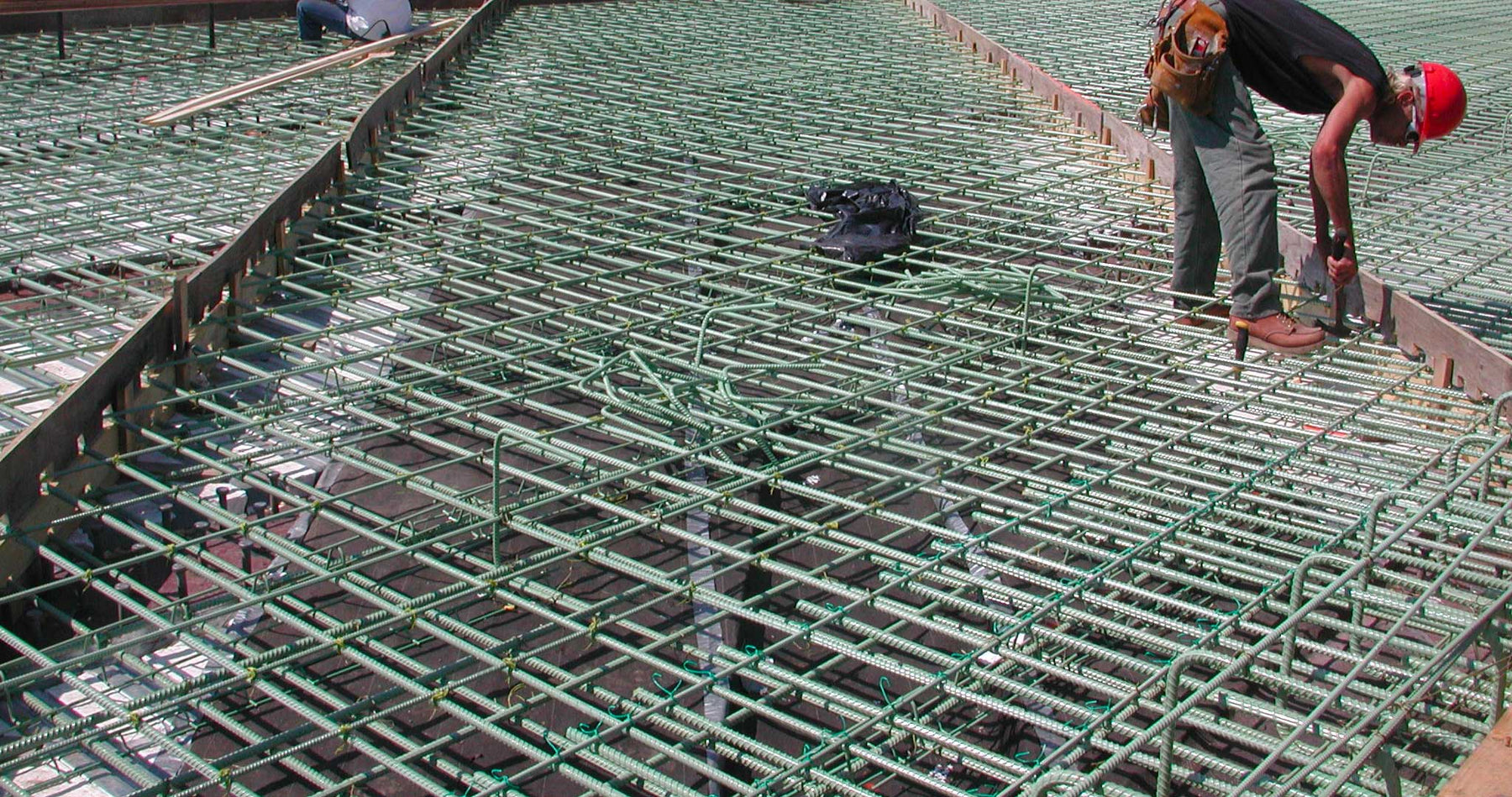
Understanding Horizontal Directional Drilling Interference
Any successful horizontal directional drilling job should begin with interference check. Before drilling, you should walk along the bore path and evaluate for any possible interference. Most modern DigiTrak, Subsite and Ditch Witch locators are capable to evaluate for any external interference at the job site. Signal interference can decrease range of your sonde transmitter and cause variable readings.The two common types of interference are active and passive.
Different Types of Interference
Active interference usually caused by electrical interference or background noise. These external variables can cause false readings and varying signal on your HDD locator. Any electrical equipment or device around your job site emit signals that can obstruct radio signal coming from your DigiTrak transmitter, Ditch Witch sonde and Subsite sonde. The most common active interferences include radio and telecommunications, power and phone lines, invisible pet fences, microwave towers, and any underground utilities.
Passive interference typically inhibit good and accurate signal transmitted from the sonde transmitter. This can result in inaccurate depth readings and in some cases block signal completely. The most common passive interference examples include large metal object above and below ground such as rebar, pipes, chain-link fence, vehicles, salt and water domes. Unfortunately it is difficult to test for the presence of passive interference. Prior to drilling, it is best practice to conduct thorough job site investigation to identify possible interference sources.
